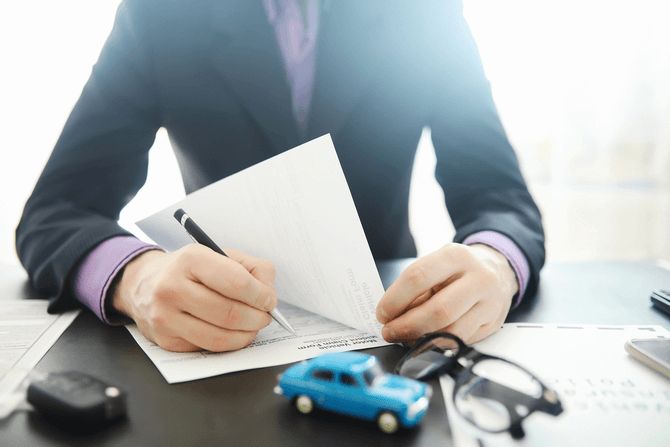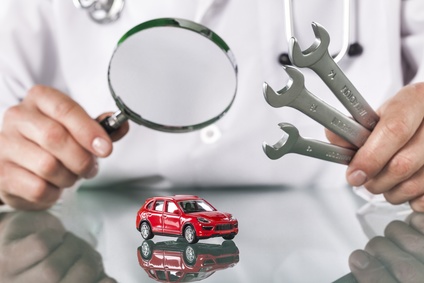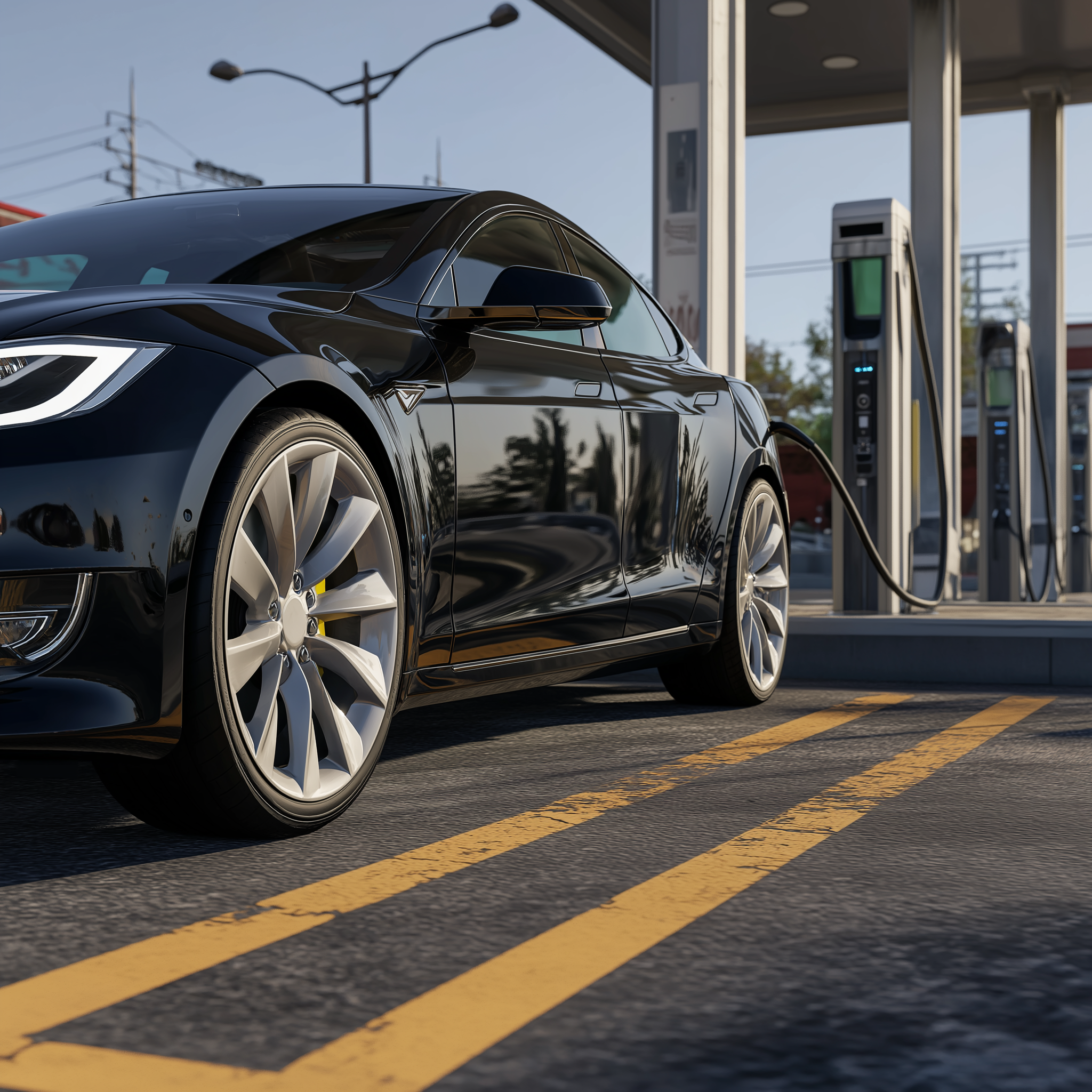When searching for a used car, one of the most important steps is checking whether the vehicle has an outstanding lien. Ignoring this step can result in ownership complications, potential repossession, and unexpected financial responsibilities. The easiest way to avoid this is by running a car title lien check.
At ClearVin, we provide reliable online tools like our Vehicle Lien Lookup and Title Check by VIN to help you check if a vehicle has a lien. In this guide, we’ll walk you through what a car title lien is, how to check for one, and what steps to take to remove it.
What Is a Vehicle Title Lien?

A car title lien is a legal claim that a lender or creditor places on a vehicle used as loan collateral. This means the car isn’t fully owned by the borrower until the loan is repaid and the lien is released. The lender has the right to repossess the vehicle if the borrower defaults on the loan.
Once the debt is paid off, the creditor should issue a lien release, allowing the owner to obtain a clean title. However, sometimes vehicle owners may be unaware of an existing lien due to oversight or incomplete documentation. That’s why it’s critical to check vehicle lien status before purchasing any used vehicle.
How to Check If a Car Has a Lien

If you’re wondering how to check if a car has a lien, there are several reliable ways to go about it:
1. Review the Vehicle Title
Always ask to see the physical vehicle title. A lien should be listed directly on the title if it exists. The document typically includes the current owner’s name, past owners, and any active or released liens. Keep in mind that title formats vary by U.S. state.
2. Use a VIN for Lien Verification
One of the most efficient methods is using a Title Check by VIN. Just enter the 17-digit VIN into ClearVin’s system, and you’ll receive a full vehicle history report. This will include:
- Ownership history
- Recorded mileage
- Accident history
- Active or past lien status
Running a VIN lien check is the most accurate way to uncover hidden issues. It’s ideal for those wondering how to check for a lien on a car or how to know if a car has a lien.
3. Ask the Seller Directly
If you’re buying from a private party, ask them to confirm whether the lien has been satisfied and removed. You can also request a lien release document as proof.
What to Do If a Lien Is Present
Finding a lien doesn’t have to stop a deal, but it does mean extra steps are required. Here’s how to address it:
Contact the Lender
If you’re the original borrower, contact the lender to confirm the lien status. If the loan has been paid off, request a lien release letter or form, which should include:
- Owner’s name
- VIN
- Loan payoff amount
- Date of satisfaction
This is essential documentation for title updates.
Submit to the DMV
After receiving the lien release, submit it to your local DMV to have the title updated. This removes the lien from the public record and confirms legal ownership transfer.
Legal Support (if needed)
If you’ve met all your obligations but the lender refuses to cooperate, a legal consultation may be necessary. A lawyer can help file the appropriate documentation or even a claim if the lien was never properly released.
Can the DMV Help With Old or Cleared Liens?

Yes. If a lien has been inactive for several years, your local DMV may have already purged the record. Typically, auto loan records are not kept indefinitely. You can run a DMV lien check to verify if the lien is still active.
For additional verification, ClearVin’s Vehicle Lien Lookup pulls from NMVTIS and other official sources to ensure accuracy. This is the safest way to check for liens on a vehicle and avoid unpleasant surprises.
Summary
Understanding how to check a lien on a car is essential before purchasing any used vehicle. A lien can affect your ownership rights and may result in repossession if ignored. Whether you’re buying from a dealership or private seller, always take the following steps:
- Review the physical title
- Run a Title Check by VIN
- Confirm lien release paperwork
- Submit necessary forms to your local DMV
- Seek legal advice if needed
ClearVin makes it easy to check if a vehicle has a lien. With simple tools and fast VIN-based reporting, our platform ensures you’re informed before making a purchase. Whether you’re asking how to check if a vehicle has a lien or how to see if a car has a lien from years ago, we’ve got you covered.









